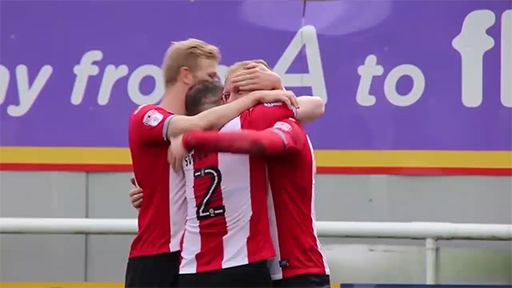1 Making a successful transition
Making a successful transition into life after sport is very important because, as you have seen in Session 7, retirement can have a significant negative psychological impact and has been associated with mental health difficulties (Moesch et al., 2018). These difficulties include depression (Giannone et al., 2017), anxiety (Giannone et al., 2017) and substance abuse (Ponizovskiy, 2013).
Strategies aimed at preventing such difficulties when retirement inevitably occurs are key to avoiding a ‘crisis transition’ and ensuring a successful one. Pre-retirement planning and encouraging athletes to think about life after sport long before it is expected to happen is one of the most important strategies.
Programmes and support services such as the performance lifestyle programmes you were introduced to in Session 3 aim to help athletes to do this, and later in this session you will explore some examples of athletes who have benefited from utilising these services.
As you explored in Session 7, retirement can be chosen or forced. It is often those athletes who have suffered a forced retirement (e.g. due to injury) and who have failed to think about life after sport who are perhaps most at risk of experiencing significant difficulties. Successful transition is about transitioning into a new career and identity as you will see in the next activity. This can be facilitated by implementing strategies such as sport psychology support, social support and mentoring (Hallmann et al., 2019).
Activity 1 Moving on: finding a new identity
Watch the video below which explores planning for retirement and life after sport, and then answer the following questions. The video is introduced by former professional footballer Robbie Simpson who has set up an online platform to help athletes to plan for the retirement transition.
- How does athletic identity link to retirement?
- What are some of the difficulties retired athletes face?
- Why might athletes be in a strong position to move into a new career?

Transcript: Video 1
Discussion
- As you’ve explored previously in this course, athletic identity has an important impact on career transitions. Those with a strong athletic identity, who have not developed other aspects of their life outside sport, are more likely to struggle with life after sport. As you see in the video, a successful transition into life after sport is about developing a new identity.
- In support of what you looked at in Session 7, it was suggested in the video that retiring athletes can face financial worries, employment issues and mental health issues. In some cases, retirement has been associated with athlete suicide. In the video, Robbie Simpson states that only 30 per cent of professional sports people choose when they want to retire, which suggests that the remaining 70 per cent have a forced retirement. This again highlights the importance of athletes thinking about − and planning for − retirement long before they expect it to happen in case it happens sooner than they expect.
- In the video you saw several employers and athletes talking about the transferable skills that athletes gain in sport that can be beneficial in other careers. These include goal setting, resilience, work ethic and team working.
Next you will explore a series of four case studies of athletes who have been through the transition to life after sport. In doing this, you will compare and contrast their journeys and reflect on what helped them to have a successful new career.
